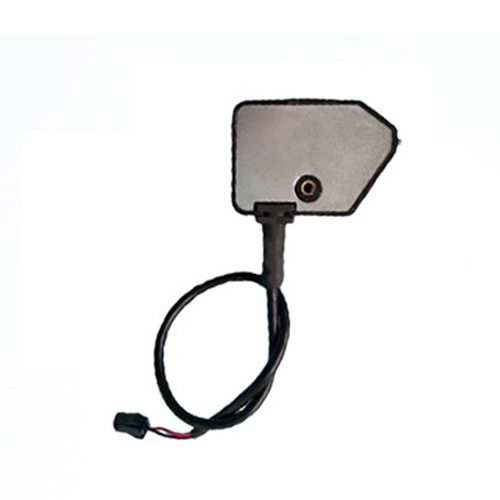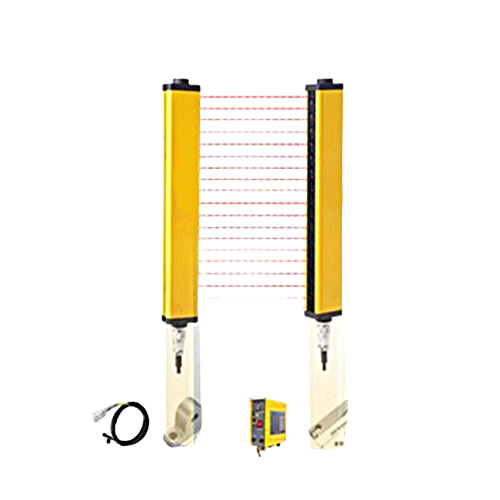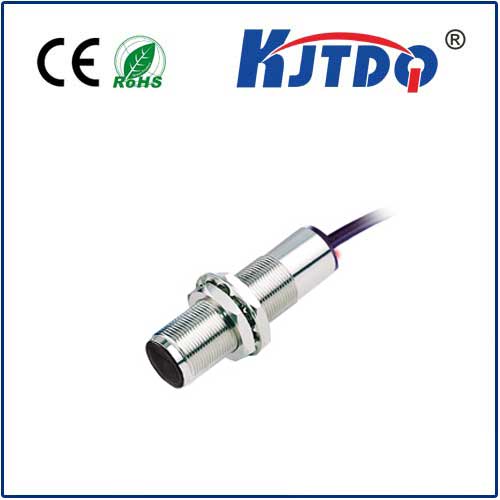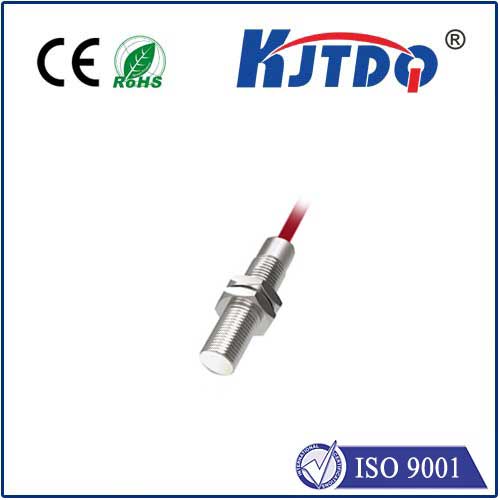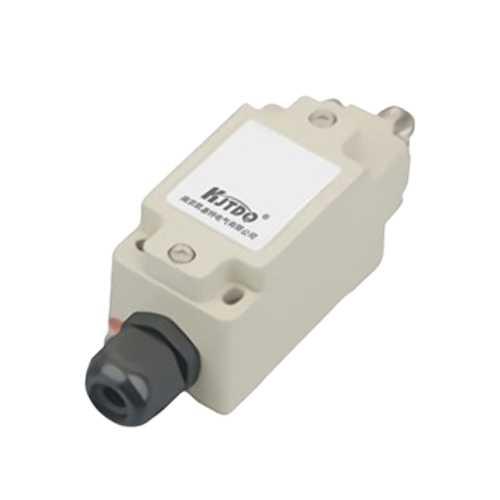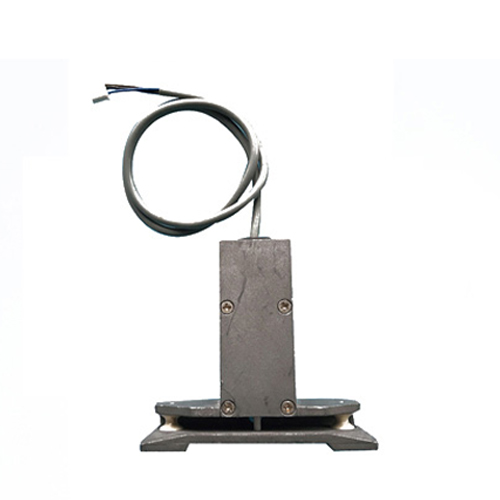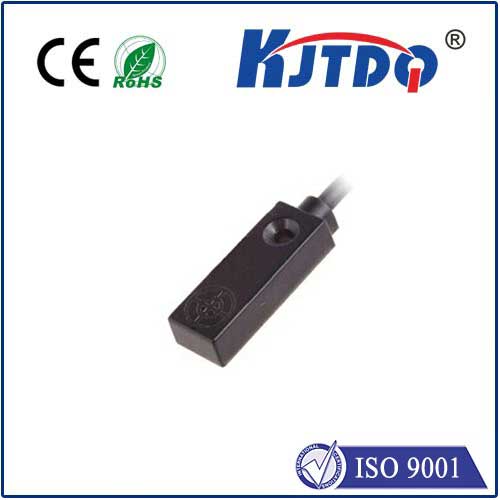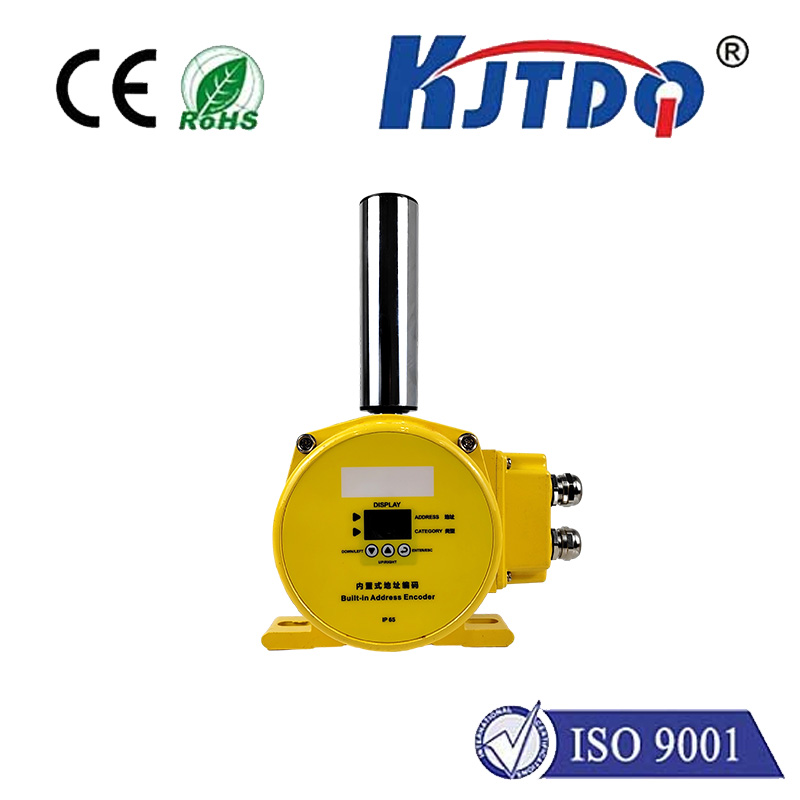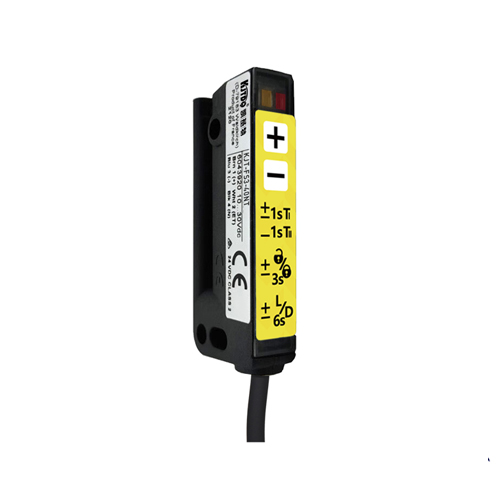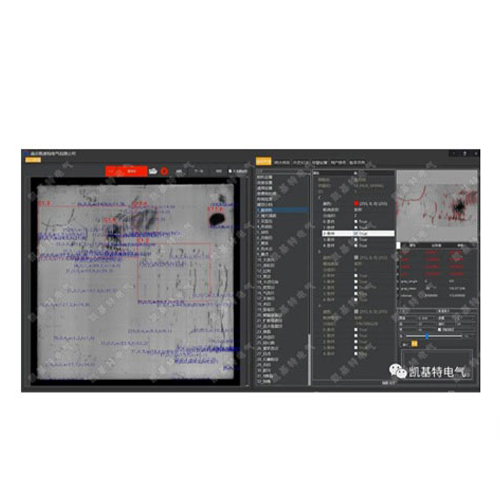lj18a3 8 z proximity sensor
- time:2025-06-27 02:58:58
- Click:0
The LJ18A3-8-Z Proximity Sensor: Your Robust Solution for Non-Contact Metal Detection
In the intricate world of industrial automation, where precision, reliability, and durability are non-negotiable, the proximity sensor stands as a silent sentinel. Among the countless options, the inductive proximity sensor LJ18A3-8-Z has carved out a significant niche for itself. This specific model, identifiable by its alphanumeric designation, represents a powerful blend of rugged engineering and dependable non-contact sensing capability. If you’re seeking a robust solution for detecting metallic objects in demanding environments without physical touch, understanding the LJ18A3-8-Z is crucial.
Beyond the Code: Decoding LJ18A3-8-Z
At first glance, the designation “LJ18A3-8-Z” might seem cryptic. However, this is a standardized naming convention common among industrial sensors, particularly those of Chinese or international OEM origin, providing vital information:
- LJ: Typically indicates an Inductive Proximity Sensor.
- 18: Refers to the sensor’s body diameter, in this case, 18mm – a highly common and versatile size.
- A3: Often designates the specific housing shape or mounting style (e.g., cylindrical, threaded barrel).
- 8: Represents the rated sensing distance (Sn), which is 8mm. This is the nominal distance at which a standard target (usually mild steel) will reliably trigger the sensor.
- Z: Indicates the output configuration. While variations exist, ‘Z’ commonly signifies an NPN output transistor switch (3-wire DC) in a Normally Open (NO) configuration. This means the output load circuit is open when no target is present and closes when a metal target enters the sensing field.
Uncompromising Reliability: The Inductive Advantage
The LJ18A3-8-Z leverages the fundamental principle of electromagnetic induction. Inside its brass or stainless steel housing, an oscillator generates a high-frequency electromagnetic field emanating from the sensing face. When a metallic object – ferrous (like iron and steel) or non-ferrous (like aluminum, brass, copper) – enters this field, Eddy currents are induced within the target. These currents absorb energy from the oscillator circuit, causing its amplitude to decrease. A detection circuit monitors this amplitude change and triggers the NPN transistor output.

This non-contact method offers significant advantages:
- No Wear and Tear: Unlike mechanical limit switches, there’s no physical contact, eliminating mechanical wear and dramatically extending operational life.
- High Speed: Capable of detecting objects moving at high speeds, ideal for counting, positioning, and automation control loops.
- Durability: The typically sealed brass or stainless steel body provides excellent resistance to shock, vibration, moisture, oils, coolants, and dust (common IP67 or IP68 ratings), making it perfect for harsh industrial environments.
- Insensitivity to Surface Conditions: Capable of detecting dirty or oil-covered metal objects that might confuse optical sensors.
Key Specifications and Features of the LJ18A3-8-Z
Understanding its core parameters is essential for successful integration:
- Sensing Type: Inductive (ferrous and non-ferrous metals).
- Sensing Distance: 8mm nominal (Sn). Remember, the effective sensing distance can be slightly less for non-ferrous metals and may be affected by installation (flush vs. non-flush mounting).
- Output Type: NPN Transistor, Normally Open (NO). This is the most common configuration for PLC inputs in many regions.
- Operating Voltage: Typically ranges widely (e.g., 10-30V DC), offering flexibility in various DC control systems.
- Current Rating: Standard models usually handle ~200mA output current, sufficient for PLC inputs, small relays, or indicator lights.
- Housing: Cylindrical threaded barrel, commonly M18 x 1mm thread.
- Connection: Usually 3-wire: Brown (Power +), Blue (Power - / 0V), Black (Output Signal).** Always verify the specific wiring diagram provided with your sensor!
- Protection Rating: High ingress protection, typically IP67 (submersible in water up to 1m for 30 mins) or IP68, ensuring resilience against washdowns and dust.
- Hysteresis: Inherent feature to prevent output “chatter” when a target is near the switching point.
Why Choose the LJ18A3-8-Z? Target Applications
The combination of its 18mm form factor, 8mm sensing distance, NPN NO output, and robust construction makes the LJ18A3-8-Z incredibly versatile. It finds application wherever reliable, non-contact detection of metal parts is needed:
- Machine Automation: Position sensing of cylinders, slides, clamps, rotary tables, turntables, and end-of-travel limits.
- Material Handling: Detecting presence/absence of metal parts on conveyors, in chutes, or on pallets.
- Packaging Machinery: Confirming metal parts, lids, caps, or detecting tool positions.
- Automotive Assembly: Positioning components, verifying robot end-effector tooling, and part presence verification on lines.
- CNC Machining: Tool changer position confirmation, pallet positioning, and part presence in fixtures.
- Counting Systems: Tallying metal objects moving past a point.
- Level Control: Detecting metal levels in tanks or hoppers (where conditions allow).
Implementation Best Practices
To maximize the performance and longevity of your LJ18A3-8-Z proximity sensor:
- Consider the Target: Ensure the target material and size are suitable. The Sn=8mm is for a standard mild steel target. Non-ferrous targets will require a reduced sensing distance. The target must be large enough to reliably trigger the sensor within its sensing field.
- Mind the Surroundings: Avoid mounting near large masses of metal not intended as targets, as they can influence the sensor’s field. Ensure proper spacing between adjacent sensors to prevent mutual interference.
- Install Securely: Utilize the M18 thread firmly. For non-flush mounting applications (like detecting the sides of targets), ensure the sensor’s sensing face is positioned correctly relative to the target path, respecting the specified non-flush mounting distances.
- Mind the Wiring: Correctly connect the Brown (+V), Blue (0V), and Black (Output) wires. Protect cables from abrasion, sharp edges, and strain. Connecting the load incorrectly (e.g., short-circuit) can damage the sensor.
- Factor in Real-World Conditions: Temperature extremes, aggressive chemicals, or strong electromagnetic fields might require specific variants or extra precautions, even with its high IP67/IP68 rating.
The Workhorse of Modern Sensing
The inductive proximity sensor LJ18A3-8-Z isn’t flashy, but its sheer utility and robustness make it an indispensable component in countless automated systems. Its ability to reliably “see” metal without touching it, withstand harsh environments, and integrate seamlessly with standard control systems (thanks to its ubiquitous NPN NO output) explains its enduring popularity. For engineers and technicians looking for a dependable, cost-effective solution for metal detection tasks within an 8mm range, the LJ18A3-8-Z consistently proves itself as a workhorse sensor, silently enabling efficiency and reliability on the factory floor and beyond. Whether monitoring position, confirming presence, or driving






